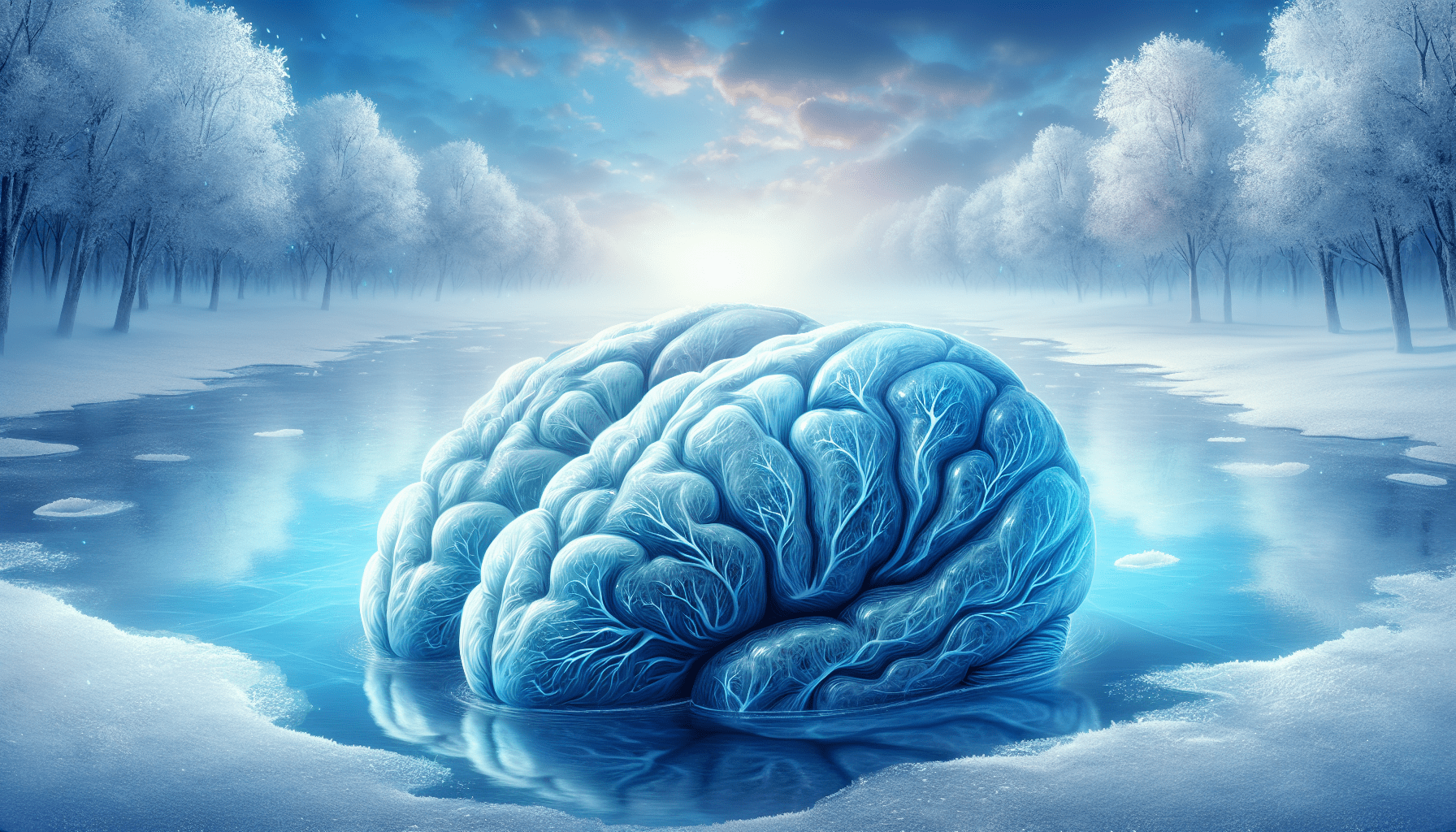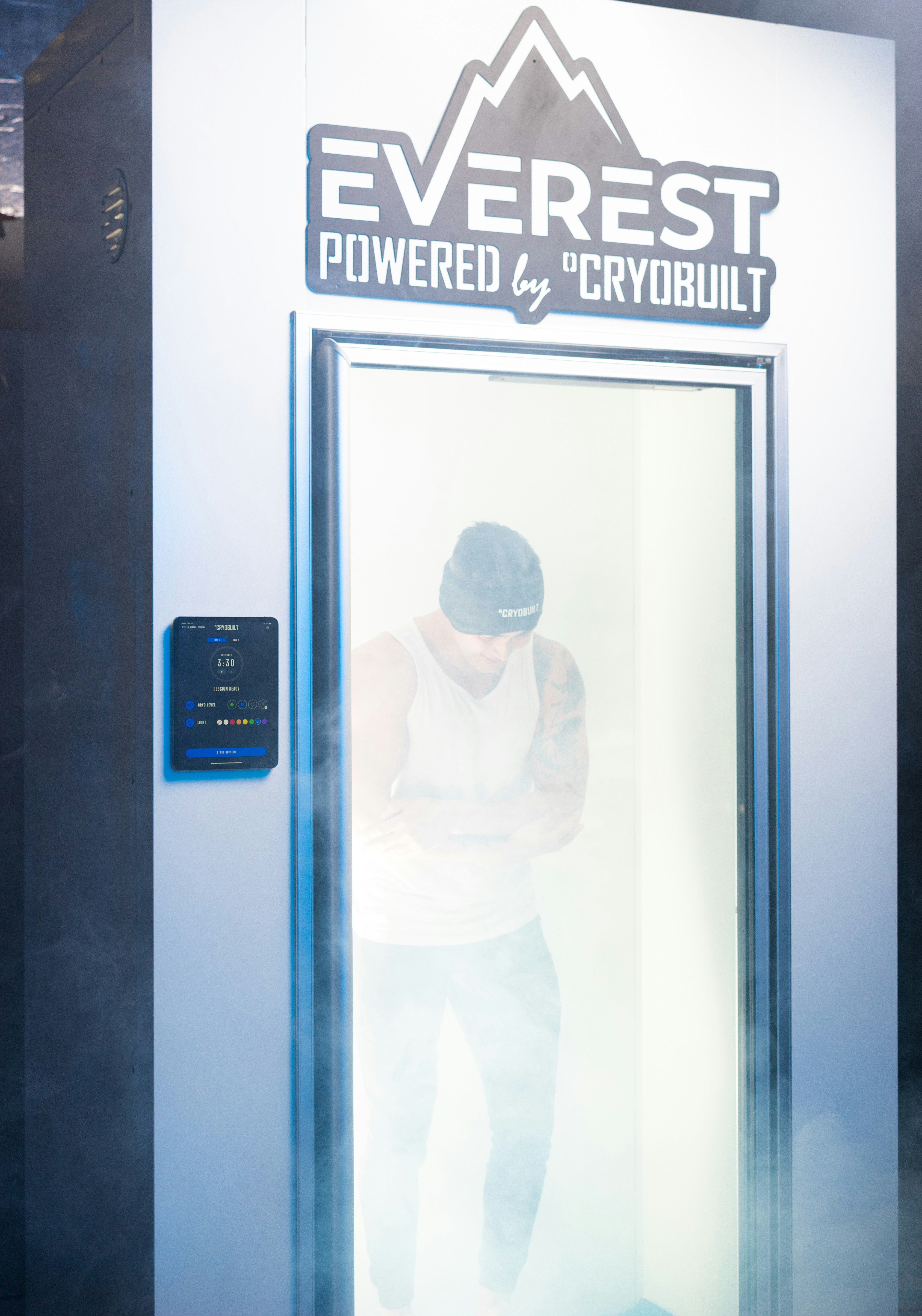Have you ever found yourself wondering how the chill of an ice bath could possibly affect your brain function? It seems counterintuitive at first, doesn’t it? You might shiver at the thought (quite literally), but there’s a fascinating connection between cold therapy and brain function that could flip your perspective. By the time you finish reading this, you might just be convinced to incorporate a bit of controlled chill into your life.
Understanding Cold Therapy
Cold therapy, or cryotherapy, encompasses a variety of treatments that expose your body to cold temperatures, aiming to harness benefits for both physical and mental health. Typically, this includes ice baths, cryogenic chambers, and localized cold treatments. You might see professional athletes taking ice baths after a grueling game or hear about cryotherapy facilities popping up in your neighborhood. But what exactly does cold therapy do, and more specifically, what can it do for your brain?
The Science Behind Cold Exposure
At its core, cold therapy works by constricting blood vessels and decreasing metabolic activity, which reduces swelling and tissue breakdown. When your body is exposed to cold, it goes into a sort of ‘survival mode,’ diverting blood flow to core organs to maintain a stable internal temperature. Once you warm back up again, there’s an increase in blood flow as your vessels expand, flooding your system with freshly oxygenated blood. But what does this physiological response mean for your brain?
Brain Function: The Basics
To appreciate the impact of cold therapy on your brain, it’s helpful to first understand basic brain function. Your brain is the control center of your body, responsible for processing sensory information, regulating bodily functions, and facilitating thought and memory.
The Role of Neurotransmitters
Your brain’s method of communication is primarily through neurotransmitters, which are chemical messengers that transmit signals across the synapses between neurons. These include dopamine, serotonin, and norepinephrine, among others. Maintaining a balanced exchange of these chemicals is essential for mental health, cognition, and emotional regulation.
Brain Plasticity and Cognitive Function
Brain plasticity, or neuroplasticity, refers to your brain’s ability to change and adapt as a result of experience. This adaptability is crucial for learning, memory, and recovery from brain injuries. Cold therapy is thought to support neuroplasticity in ways that we’ll explore further below.
The Connection Between Cold Therapy and Mood
Feeling a bit low or anxious? You might be surprised to hear how cold exposure can potentially lift your spirits.
How Cold Therapy Impacts Mood
Exposure to cold has been shown to increase the release of endorphins, your body’s natural mood elevators. Additionally, cold therapy can boost the production of norepinephrine, a neurotransmitter that plays a crucial role in mood regulation. This increase can help improve mood and alleviate symptoms of depression.
Supporting Research
A 2008 study found that cold showers could act as a potential treatment for depression. The study suggested that short-term cold exposure activates the sympathetic nervous system and increases the release of ‘feel-good’ brain chemicals like endorphins, which could contribute to improved emotional well-being.
Enhancing Alertness and Mental Clarity
Have you ever splashed cold water on your face to wake up in the morning? Then you’ve already had a taste of how cold can sharpen your senses.
Boosting Alertness
Cold exposure activates your sympathetic nervous system and increases the level of norepinephrine in your brain, which enhances your alertness and attention. This can lead to improved cognitive function and sharper mental acuity.
Practical Applications
For students and professionals alike, incorporating cold exposure techniques, such as a quick cold shower or a few minutes of cold immersion, might just be the secret weapon against that afternoon slump.
Cold Therapy and Neuroprotection
The protective benefits of cold therapy extend beyond just mood and alertness. There’s evidence suggesting it might even play a role in neuroprotection.
Understanding Neuroprotection
Neuroprotection refers to strategies and mechanisms that protect your nervous system from injury or degeneration. In the context of cold therapy, it’s about reducing inflammation and enhancing brain health.
Cold Therapy as a Neuroprotective Agent
Several animal studies have indicated that cold exposure can offer neuroprotective benefits by reducing inflammatory responses and oxidative stress in the brain. Though more research is necessary, these findings provide a compelling case for the potential of cold therapy to support brain health over the long haul.
Cold Therapy in Cognitive Rehabilitation
Cold therapy might play a role in cognitive rehabilitation, helping individuals recover from brain injuries or diseases.
Recovery from Brain Injuries
Cryotherapy has been investigated as a treatment for traumatic brain injuries (TBI) because of its potential to reduce swelling and inflammation in the brain. While much of the research is still in its early stages, the concept is promising.
Enhancing Cognitive Rehabilitation
For those recovering from strokes or other brain injuries, incorporating cold therapy might support traditional rehabilitation efforts by promoting cellular recovery and reducing anxiety.

Cold Therapy and Learning Enhancement
Curious about boosting your learning? Cold therapy might have the potential to aid in this intellectual pursuit too.
Influence on Learning
Some research suggests that mild, intermittent cold exposure could enhance memory and learning by promoting neurogenesis—the growth and development of neural tissue.
Potential Applications in Education
Educators and students might find innovative uses for cold therapy in creating environments that support enhanced learning and cognitive function, whether through introducing short, cold breaks or designing learning spaces that include access to cold exposure options.
Cold Therapy: Precautions and Considerations
As intriguing as the benefits of cold therapy sound, it’s important to approach it with caution and awareness.
Understanding the Risks
Overexposure to cold can be harmful. Hypothermia and frostbite are serious risks. Always follow guidelines and listen to your body.
Best Practices
To maximize benefits and minimize risks, it’s wise to start slow. Short bursts of cold exposure, like quick showers or brief ice baths, can be a good starting point. Always consult with a healthcare provider, especially if you have pre-existing health conditions.

Cold Therapy in Different Forms
Cold therapy doesn’t just mean taking an ice bath. There are various forms you can explore that differ in intensity and accessibility.
Types of Cold Therapy
Here’s a quick table to help compare different cold therapy methods:
| Type of Cold Therapy | Description | Accessibility Level |
|---|---|---|
| Ice Baths | Immersion in icy water | Moderate |
| Cryogenic Chambers | Whole-body exposure to extreme cold temps | High |
| Localized Cold Packs | Applying cold packs to specific areas | Easy |
| Cold Showers | Brief exposure to cold water | Very Easy |
Choosing the Right Method for You
Your choice of cold therapy depends on your preferences, health needs, and access to facilities. For a minimal hassle, you might start with cold showers in your own home.
Final Thoughts on Cold Therapy and Brain Function
The intriguing relationship between cold therapy and brain function is still being explored, with science continually uncovering new layers of understanding. As with any health method, it’s essential to balance eagerness with caution and tailor approaches to your unique needs.
Could embracing controlled shivers extend beyond just physical healing? From mood enhancement to cognitive clarity, cold therapy presents a shimmering frontier in health and wellness, inviting you to step thoughtfully into its invigorating chill. Whether you’re seeking enhanced alertness, mood stabilization, or neuroprotective benefits, a little cold might offer a surprising warmth to your brain’s potential.




